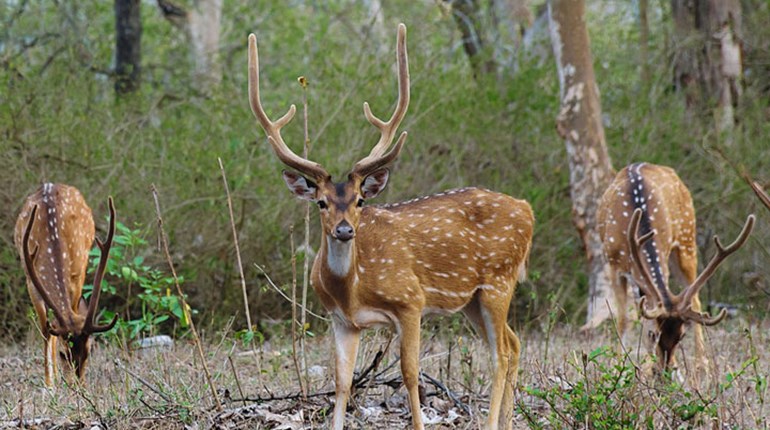
Branding is everything. For proof, consider the nutria: Otherwise known as a "swamp rat," this aesthetically challenged animal was originally native to South America, just one funny-looking rodent among dozens. However, thanks to their thick, lush undercoat, these animals caught the eye of an American entrepreneur who thought they'd make a terrific domestic source of fur. (In his defense, it was the Great Depression, and people were having to be creative about their income sources.) Once imported to the U.S., the nutria did precisely what rodents worldwide are famous for doing: escaping, thriving...and breeding. A lot. Within decades, despite a thriving fur trade that at least slowed the hyperbolic rate of its population expansion, the nutria was already starting to cause some fairly serious environmental problems.
In terms of their diet and lifestyle, the nutria has a lot of parallels with its native (and, sorry to say, far more attractive) cousin, the beaver. Like beavers, nutria are large, web-footed members of the rodent family that live in burrows or nests they make on riverbanks, lakeshores and around wetlands. The entrances to their dens are usually a foot or two beneath the water’s surface. These animals are strong swimmers and like to eat aquatic plants and roots. They also snack on small creatures like snails and mussels. However, they do sometimes travel inland for food sources, like farmers’ crops. Their large appetites have caused a lot of damage to the environments they inhabit. They overharvest favorite foods, causing a lack of food supplies for other creatures, or ruining crops. The nutria is considered to be even more destructive than the muskrat.
So, what should environmentally minded people do to counteract the devastation wrought by the nutria's outsize appetite? Well, fight fire with fire, of course—that is to say, to eat them. You see, the average nutria weighs about 16 pounds, which yields quite a bit of high-protein, low-fat meat. And although it certainly does not "taste like chicken," it does have a flavor profile very similar to rabbit. Perhaps the key is to stop thinking of the animal as a "swamp rat," and to start mentally recasting it as "ragondin," because using the French word always makes something sound more palatable.







































